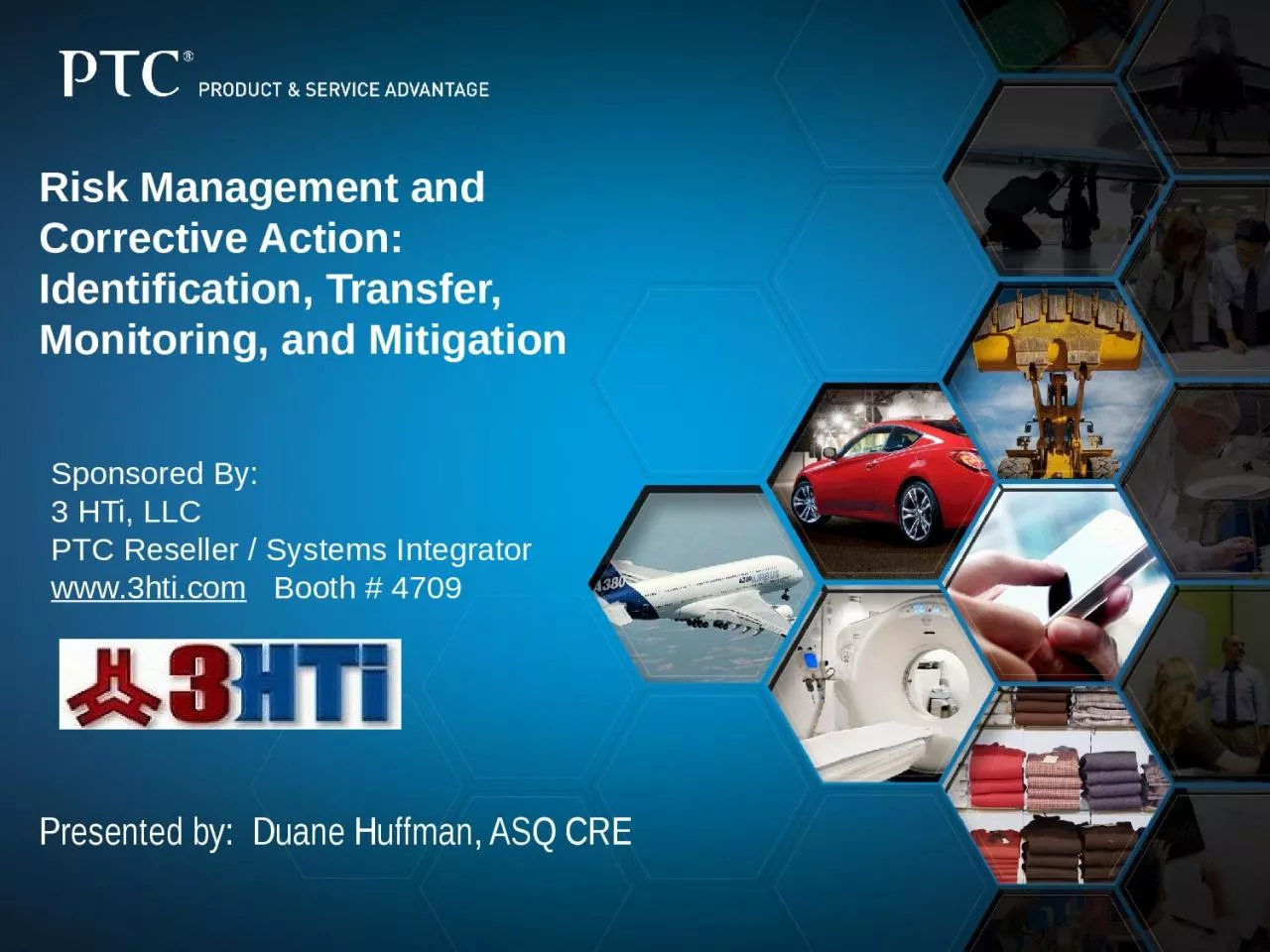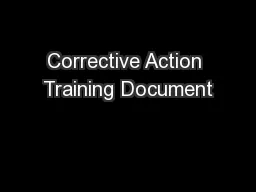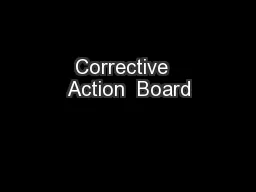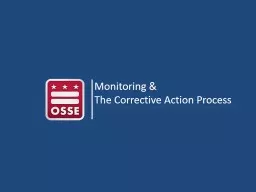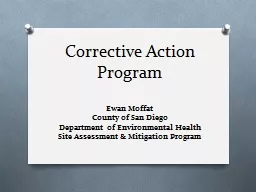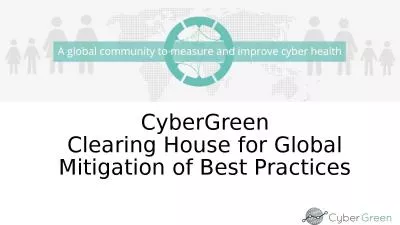PPT-Risk Management and Corrective Action: Identification, Transfer, Monitoring, and Mitigation
Author : genderadidas | Published Date : 2020-08-29
Presented by Duane Huffman ASQ CRE Sponsored By 3 HTi LLC PTC Reseller Systems Integrator www3hticom Booth 4709 What Is Medical Device Risk Management Medical
Presentation Embed Code
Download Presentation
Download Presentation The PPT/PDF document "Risk Management and Corrective Action: I..." is the property of its rightful owner. Permission is granted to download and print the materials on this website for personal, non-commercial use only, and to display it on your personal computer provided you do not modify the materials and that you retain all copyright notices contained in the materials. By downloading content from our website, you accept the terms of this agreement.
Risk Management and Corrective Action: Identification, Transfer, Monitoring, and Mitigation: Transcript
Download Rules Of Document
"Risk Management and Corrective Action: Identification, Transfer, Monitoring, and Mitigation"The content belongs to its owner. You may download and print it for personal use, without modification, and keep all copyright notices. By downloading, you agree to these terms.
Related Documents

